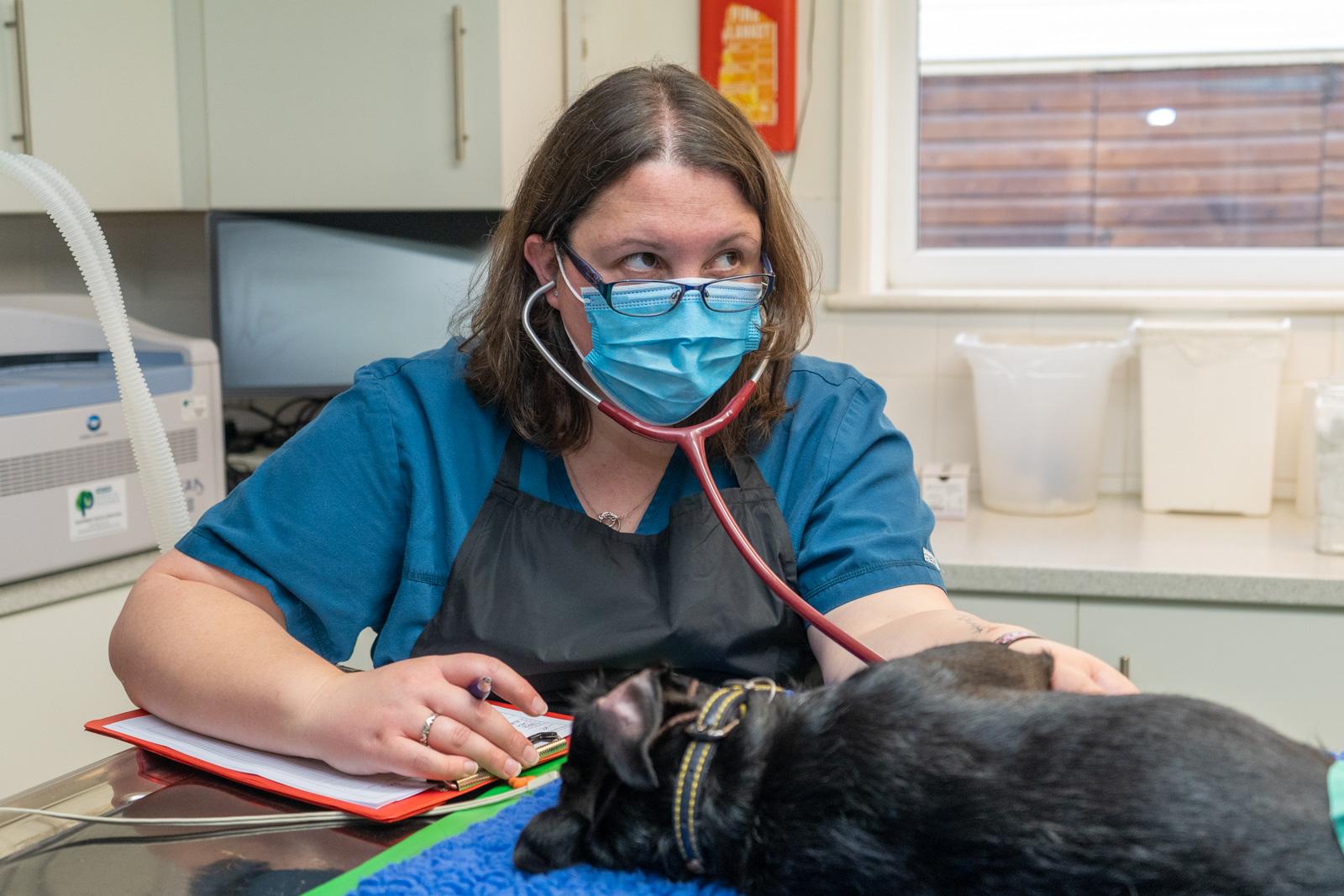General Anaesthetics
All anaesthetics are carried out by veterinary surgeons and monitored closely by our well-trained and experienced nursing team.
All anaesthetics are carried out by vets with the relevant training, and monitored closely by our experienced nursing team.
We keep the ward as quiet and relaxed as we can so that your pet is under as little stress as possible.
Most pets receive a pre-med, an injection given before the anaesthetic, which relaxes them and reduces the amount of induction agent that we give. This makes inducing anaesthesia safer and less stressful.
All pets in this practice are maintained under anaesthetic with Sevofluorane, one of the safest and most modern anaesthetic gasses, which reduces risk even further.
We may have to gently shave a patch on your pet to allow medications to be given and for monitoring equipment to be used. Most pets have their heart and respiratory rates, blood pressure, temperature and their oxygen saturation monitored throughout their procedure.
A nurse will continue to monitor your pet during their recovery from the anaesthetic, making sure that they stay warm and safe and keeping them clean and dry until they are ready to have a small light meal.
It never ceases to amaze us how quickly pets are willing to eat again after their anaesthetic, most of them lying in their bed, snuggled under their blanket and licking up every morsel before they even stand up.
We will then ring you to let you know that your pet has had their procedure and to arrange a collection time.
In order to make your pet’s anaesthetic even safer you may wish to consider:
- Pre-anaesthetic blood tests: We can take and run a blood sample in our in-house laboratory to help establish any underlying conditions that may affect our choice of anaesthetic and to pick up on any unexpected abnormalities. We especially recommend these tests if your pet is older or unwell at the time of admission.
- Intravenous fluids: During an anaesthetic your pet’s blood pressure may drop and some vital organs may receive less oxygen than is optimal. If we have your permission to place your pet on fluids, this will help maintain their blood pressure, protect sensitive organs and to help flush out the anaesthetic drugs after the operation.


